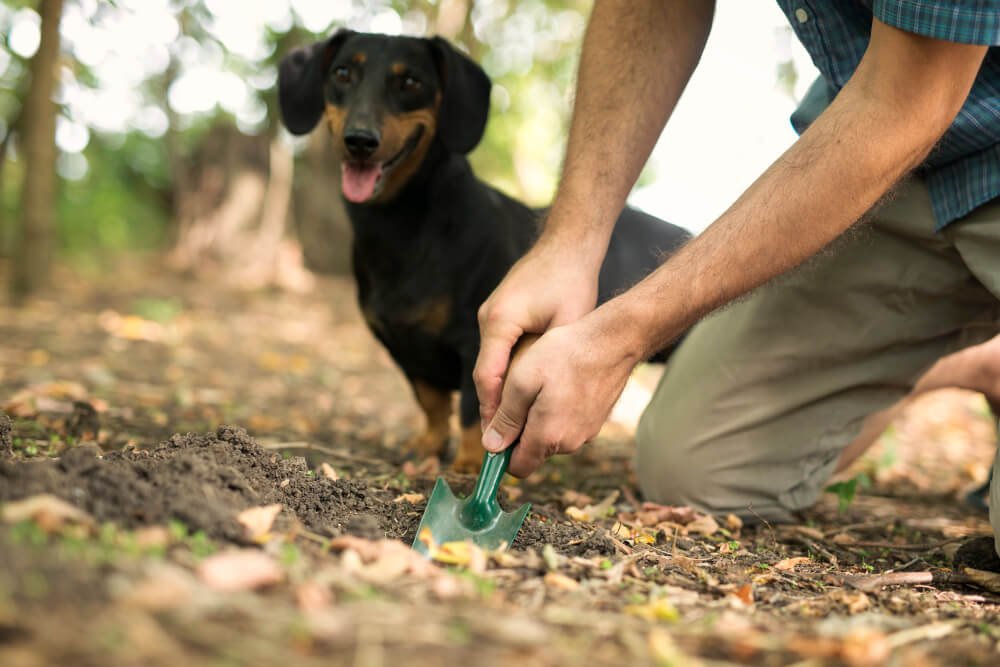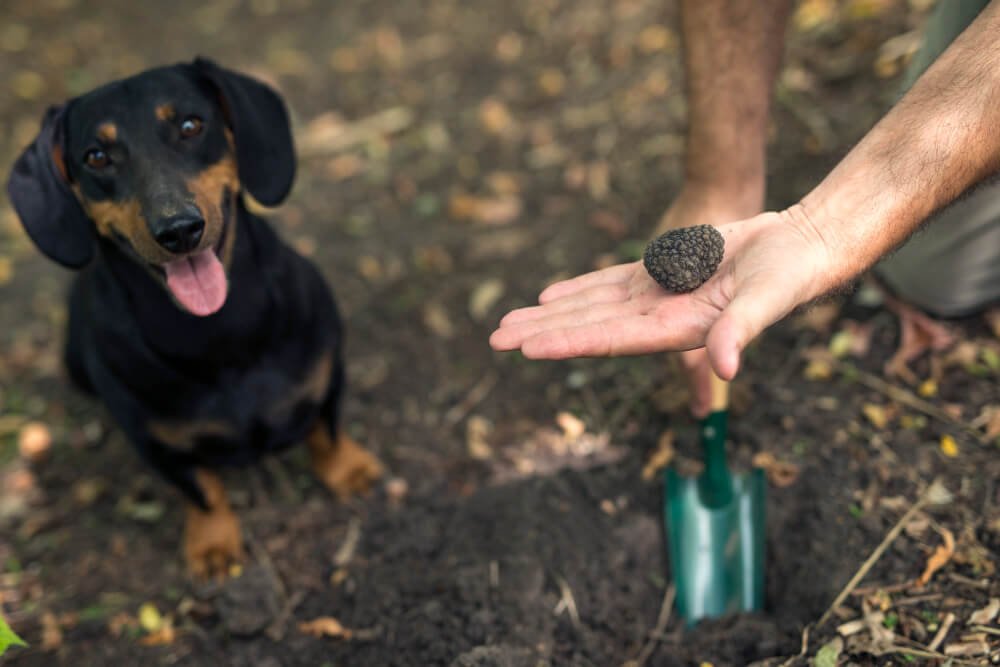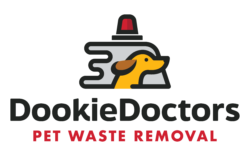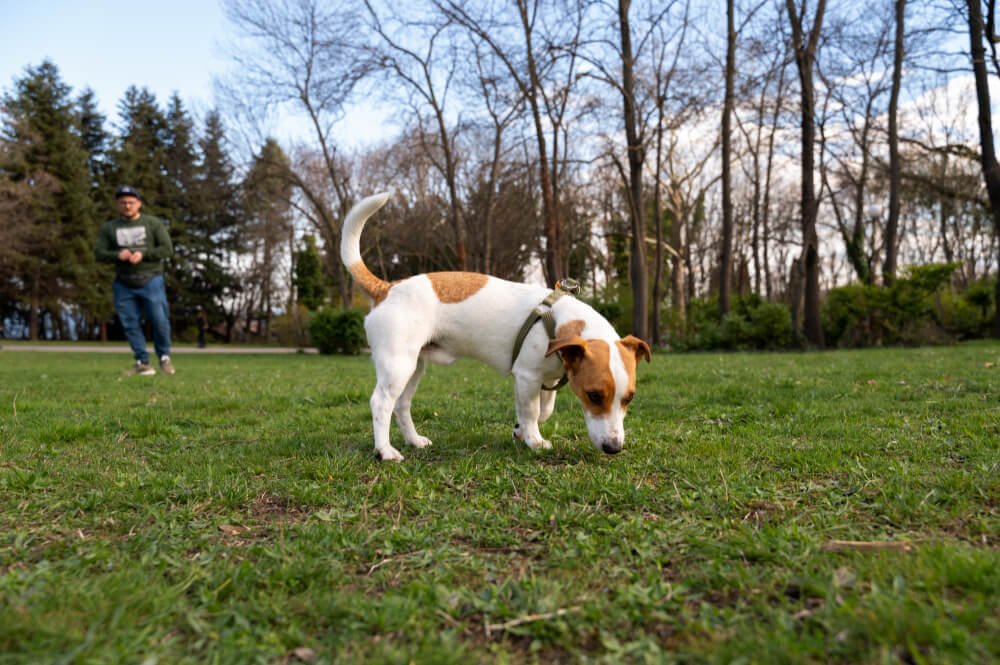Dog owners often see the tell-tale piles as nothing more than a messy inconvenience, yet the environmental footprint is surprisingly large. Scientific measurements show that each gram of dog poop can carry up to 23 million fecal coliform bacteria, along with nitrogen and phosphorus levels high enough to deplete oxygen in streams and fuel algal blooms. When rain hits sidewalks and yards, uncollected droppings wash into storm drains and may account for roughly one-fifth of the bacterial load in urban runoff. Fortunately, a mix of consistent pickup, smart disposal, and professional help can curb those impacts.
Dog waste: more than a nuisance
The average dog produces about three-quarters of a pound of feces every day, according to U.S. EPA figures cited by the City of Ann Arbor. Multiply that by the nation’s 65 million pet dogs and the result is a waste stream heavier than many household recyclables.
A global nutrient inventory estimates that canines generate 88 percent of the nitrogen and 91 percent of the phosphorus excreted by companion animals worldwide. On top of the nutrient load, a single pile may harbor roundworm, hookworm, or giardia oocysts that remain infective in soil for weeks or months.
Pathogens and public health
CDC warns that eggs of the dog roundworm Toxocara canis can cause visceral larva migrans when children ingest contaminated soil. Bacterial agents such as Campylobacter and antibiotic-resistant E. coli have also been isolated from dog droppings found in city parks, posing respiratory and gastrointestinal risks when they become airborne dust or water spray. Two days of uncollected waste from only 100 dogs can carry enough fecal organisms to close a public beach within a 20-mile radius.
Also Read: The Unseen Dangers Lurking in Your Yard: Health Risks Associated with Pet Waste

Water quality and nutrient loading
Dog manure is nothing like cow manure or fallen leaves; its nutrient ratio is closer to raw sewage. USDA notes that excess nitrogen and phosphorus from pet waste rob waterways of dissolved oxygen needed by fish and spur harmful algal blooms. Picking up after pets can slash phosphorus loading on urban greenways by as much as 97 percent and cut nitrogen by more than half.
Urban runoff and storm drains
Early source-tracking work in Seattle found that nearly 20 percent of fecal coliform in stormwater came from dogs rather than humans or wildlife. Once pathogens enter storm pipes they can travel far downstream before losing potency, extending the public-health reach well beyond the neighborhood where the waste was dropped.
Best practices for disposal
Dog poop cleaning services report that most of the material they collect ends up in municipal landfills (the same destination recommended for bag-and-bin disposal) because modern liners prevent leachate from re-entering groundwater.
Bag-and-bin remains the simplest, legally recognized method in most communities, but concerns about single-use plastics have led owners to explore compostable alternatives.
Scientists interviewed by The Guardian caution that many “biodegradable” bags fail to break down in landfills and may carry a larger manufacturing footprint than standard polyethylene.
EPA guidance suggests pairing public education with well-stocked waste-station infrastructure to cut pet-related bacteria in stormwater. For households that travel often, hiring a weekly dog poop pickup service ensures steady removal even when schedules are tight.
Local ordinances and the Pittsburgh example
As with litter laws, scooping is mandatory. Pittsburgh’s municipal code requires owners to carry bags on every walk and authorizes fines for failure to remove droppings. Residents who would rather outsource the chore can book a dog poop service; many providers bundle dog poop removal Pittsburgh plans with yard sanitizing and seasonal disinfection.
Outside western Pennsylvania, typing pooper scooper near me or dog poop removal near me into a search bar will surface certified haulers that dispose of waste through the regular trash stream.
Choosing eco-wise tools
Compostable bags made from cornstarch or bioplastic can reduce fossil-fuel inputs if they are sent to high-heat commercial composting sites, yet only a handful of U.S. municipalities accept pet waste in organics bins.
Home digesters (essentially miniature septic systems installed below grade) keep pathogens contained and break waste down with enzymatic powders, provided the unit is sited away from edible plantings.
Dog parks and apartment complexes that maintain in-ground digesters report strong user compliance when the stations are paired with clear signage and free pickup bags.

Dog Poop Clean Up Shouldn’t be Ignored:
Regular dog poop clean up keeps yards kid-friendly, protects groundwater, and spares downstream communities the cost of beach closures. Every scoop removes millions of bacteria, surplus nutrients, and lingering parasites from the urban environment. The next time your dog squats, think of the stream that runs through your town—and grab that bag.


Pingback: Winter is Coming: How to Handle Dog Waste in Snow and Ice
Pingback: HOA Dog Waste Rules Every Pet Owner Should Know 2025 | Dookie Doctors Pet Waste Removal